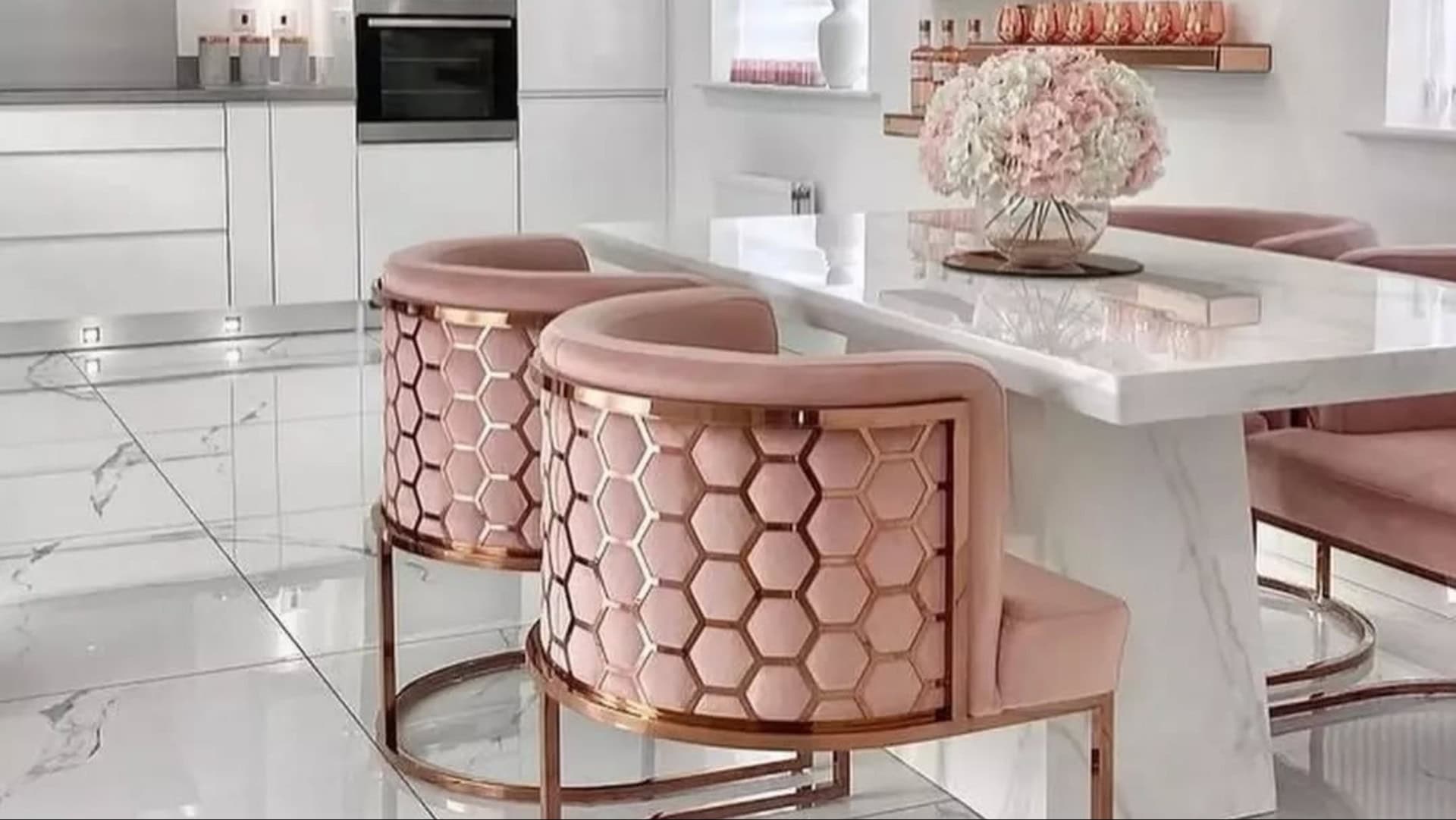In a world driven by constant change, some trends fade unnoticed.
Let’s explore 10 once-dominant design and decor trends that are now quietly slipping away from the spotlight.
1. All-White Interior
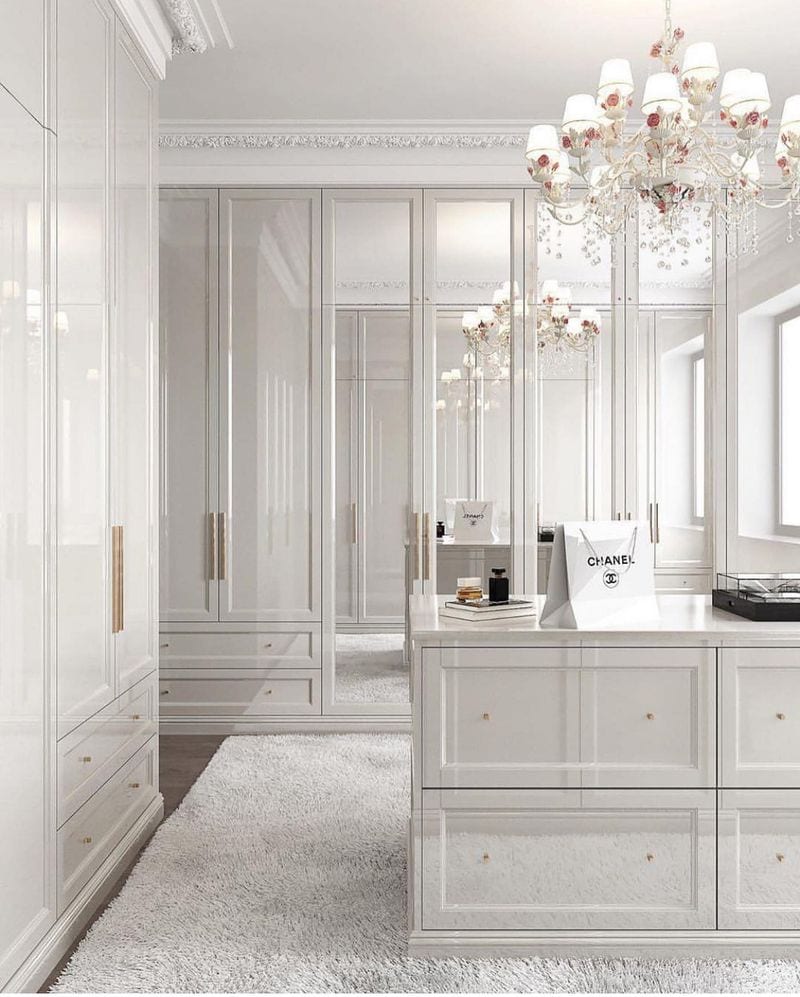
A pristine all-white interior once epitomized minimalism. Yet, its sterile atmosphere is losing appeal. People now opt for warmer, more inviting spaces.
This shift reflects a desire for comfort and personality.
Soft hues and textured materials add depth to living areas. Gone are the days of stark, cold whites.
The transformation toward more colorful, cozy homes is subtle but significant, reshaping the landscape of interior design.
2. Open Shelving in Kitchen
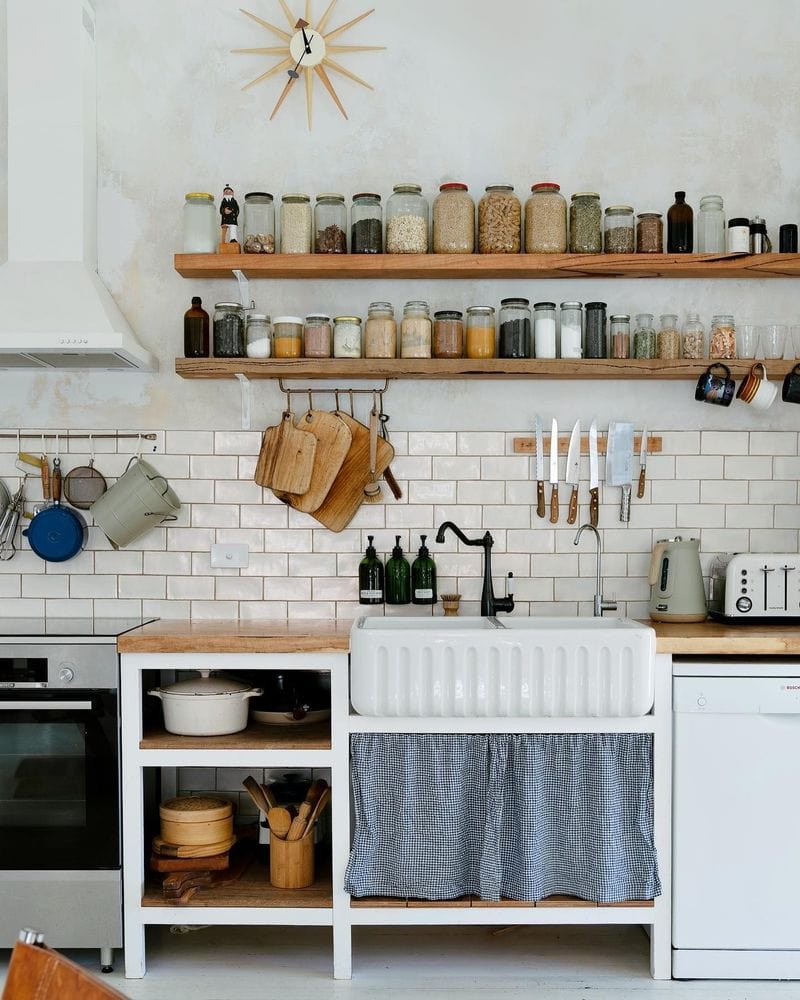
Open shelving once showcased curated dish collections. However, the impracticality of dust and clutter has seen its decline.
Homeowners seek functionality over style.
Cabinets return as the preferred choice for organized, clean kitchens.
This shift marks a move towards efficiency, where ease of maintenance trumps the aesthetic appeal of open displays.
3. Fast Furniture
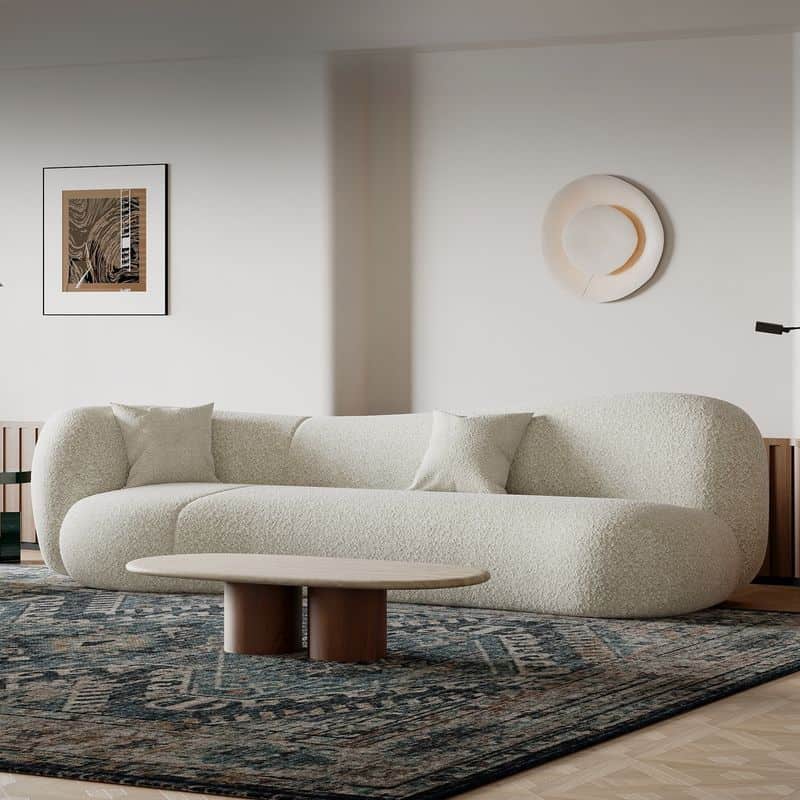
Fast furniture, with its affordability and convenience, ruled home decor. Yet, its environmental impact and lack of durability are becoming concerns.
Consumers increasingly value sustainability.
Investing in quality, timeless pieces is a growing trend. As awareness of fast furniture’s downsides spreads, the shift toward ethical consumption gains momentum.
4. Industrial Decor
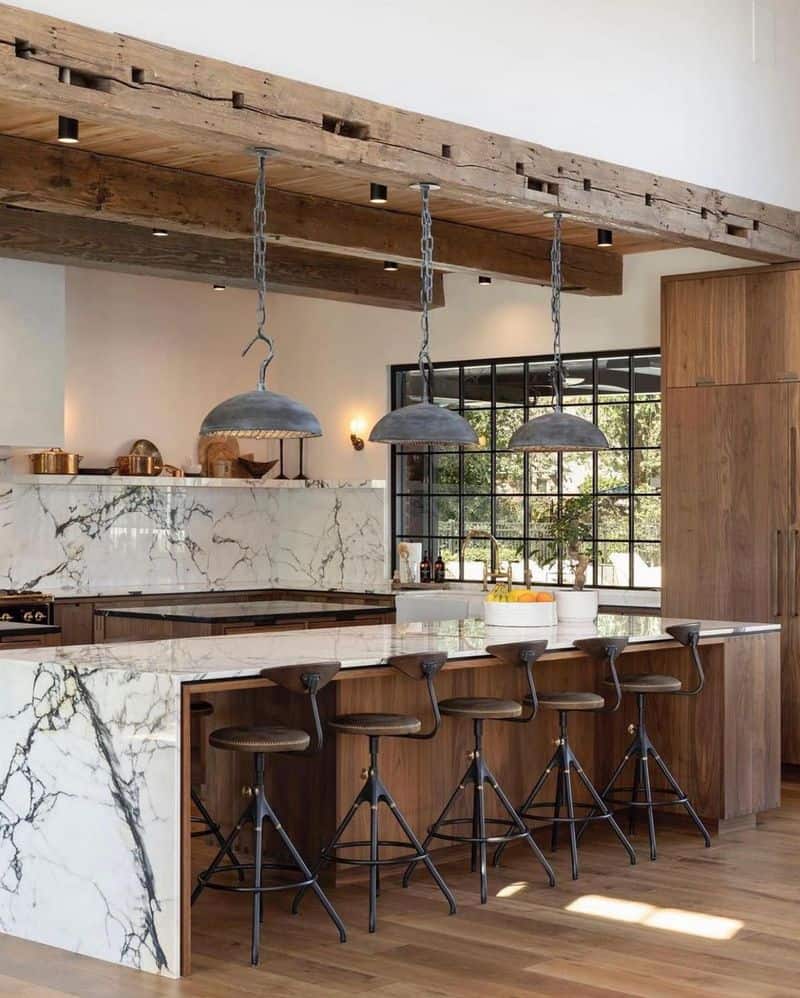
Industrial decor’s raw, unfinished look was once a symbol of urban chic. However, the coldness and lack of comfort have contributed to its decline.
Now, soft furnishings and warm tones are replacing harsh metals and bricks.
This transition reflects a broader preference for coziness and warmth in living spaces.
5. Cliché Signs
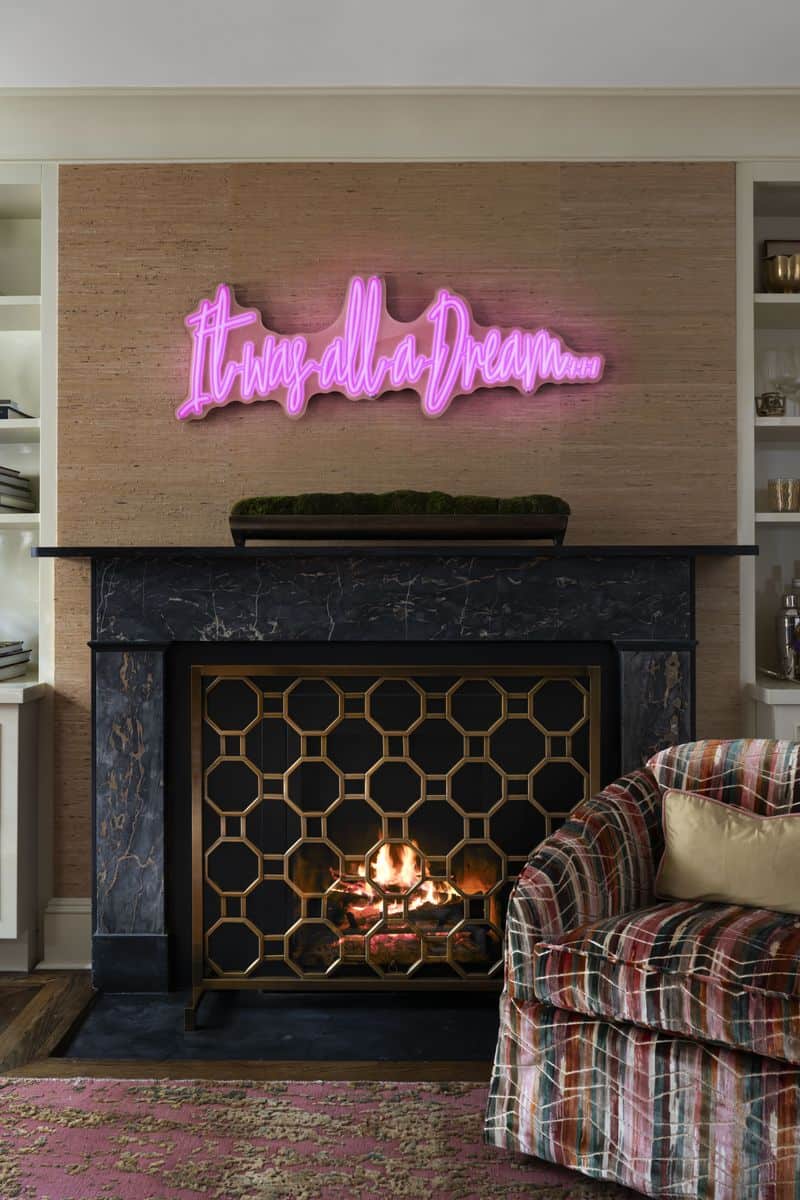
Cliché signs once adorned homes, spreading cheerful messages. Yet, their overuse has led to a loss of charm. People now seek unique, meaningful decor.
Personalized art and distinctive pieces are on the rise.
This change signifies a move towards individuality, where personal expression takes precedence over generic statements.
6. Rose Gold
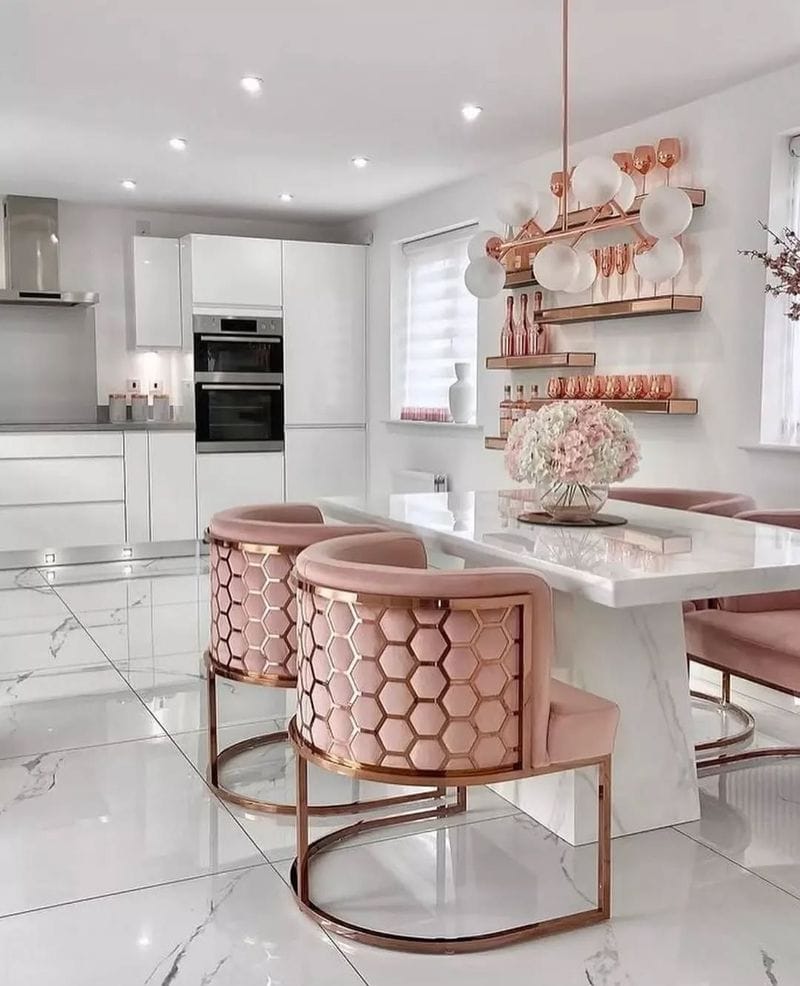
Rose gold once dazzled with its warm metallic charm. However, its ubiquity has dulled its shine.
People are turning to classic gold and silver as more sophisticated alternatives.
The shift back to traditional metals symbolizes a return to timeless elegance. Rose gold’s decline highlights a preference for enduring style over fleeting trends.
7. Millennial Pink
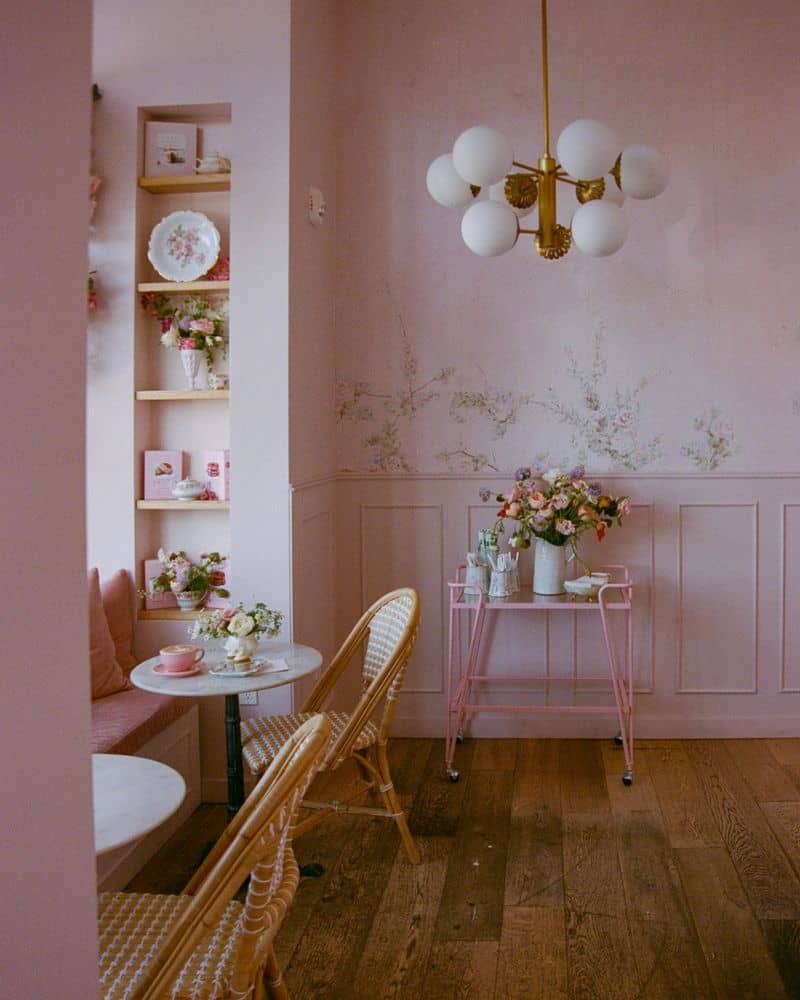
Millennial pink, a symbol of youthful exuberance, is gradually fading away. Its oversaturation has led to a search for fresher hues.
Emerging color trends reflect a new era of expression, moving beyond the once-popular pink.
This evolution in color preference underscores a shift towards diversity and originality in design.
8. Matchy Furniture Sets
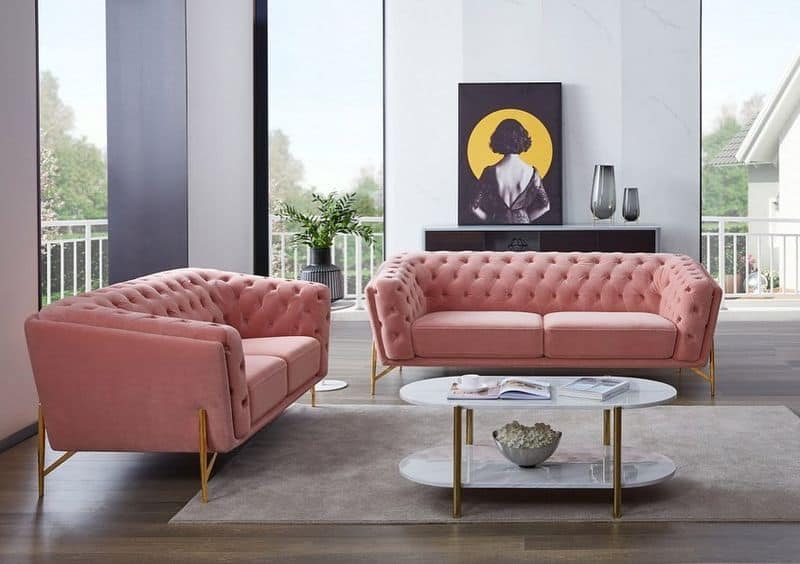
Matchy furniture sets, once the hallmark of coordinated decor, are losing favor. The rigidity of uniform designs is being replaced by eclectic mixes.
Homeowners increasingly value individuality and character in their spaces.
The decline of matchy sets signals a shift towards personalized, unique interiors that tell a story.
9. Urban Jungle Vibes
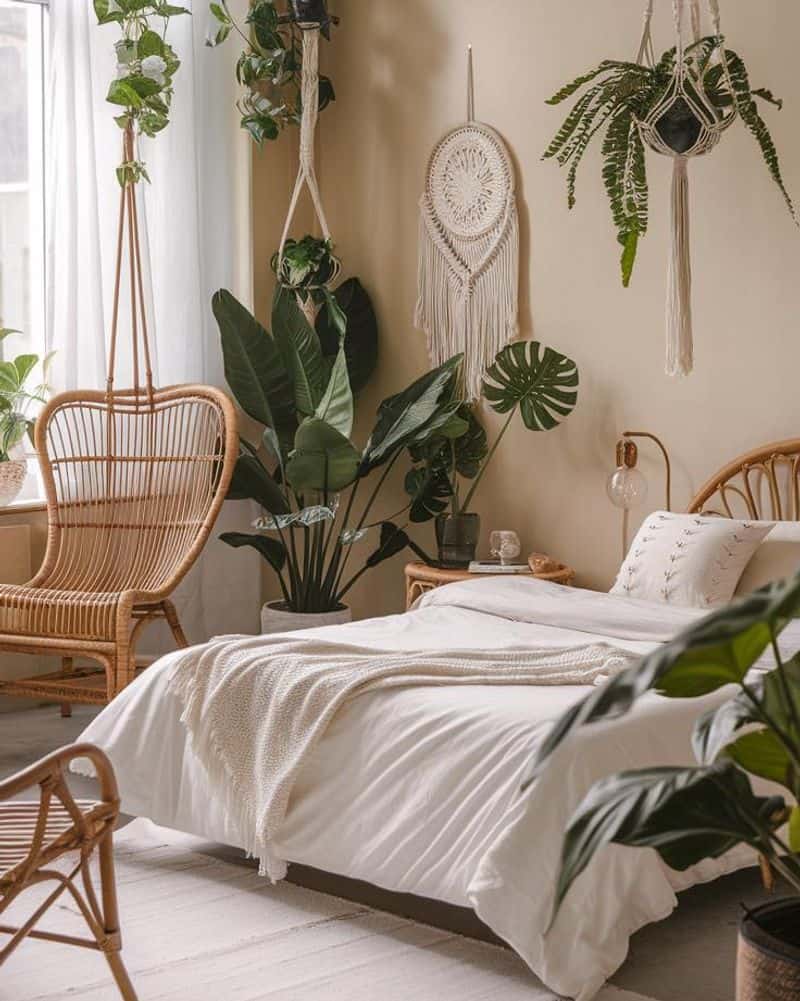
Urban jungle vibes, with lush greenery indoors, once thrived. However, the maintenance demands and the shift towards simpler aesthetics are seeing its decline.
Minimalism and ease now appeal more to busy urbanites.
This change marks a transition to low-maintenance, clutter-free living, where simplicity is key.
10. Glossy Finishes
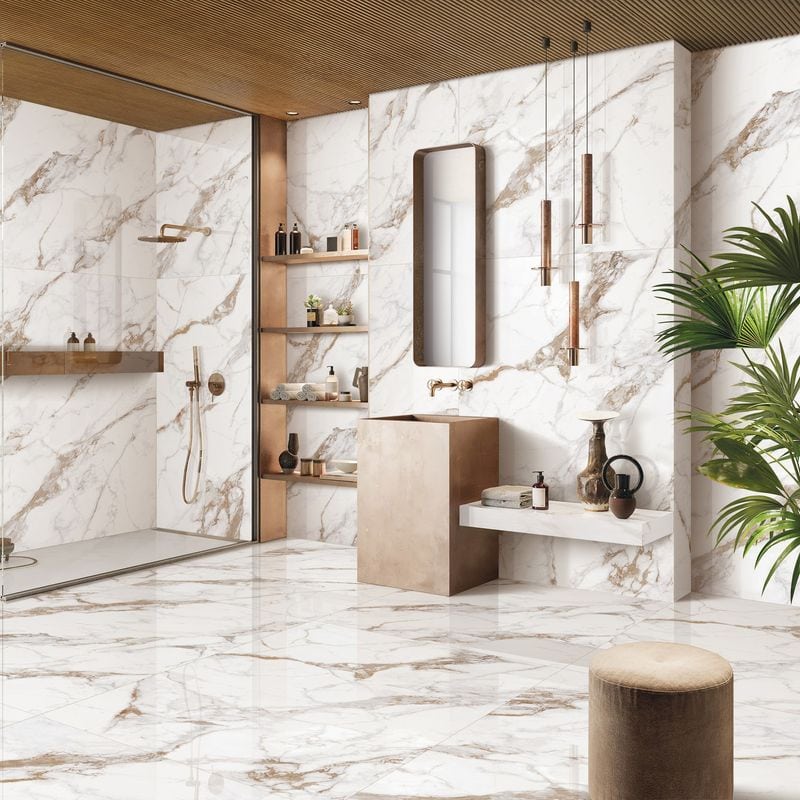
Glossy finishes, once a staple of modern design, are being replaced by matte and textured surfaces. The high-maintenance shine is losing its allure.
Simplicity and practicality are driving this change.
As people embrace more tactile experiences, the preference for understated, subtle finishes grows.

